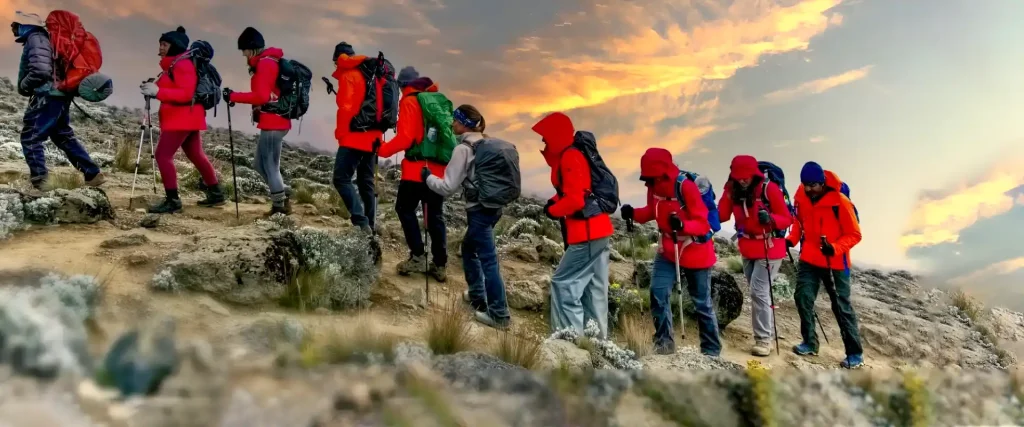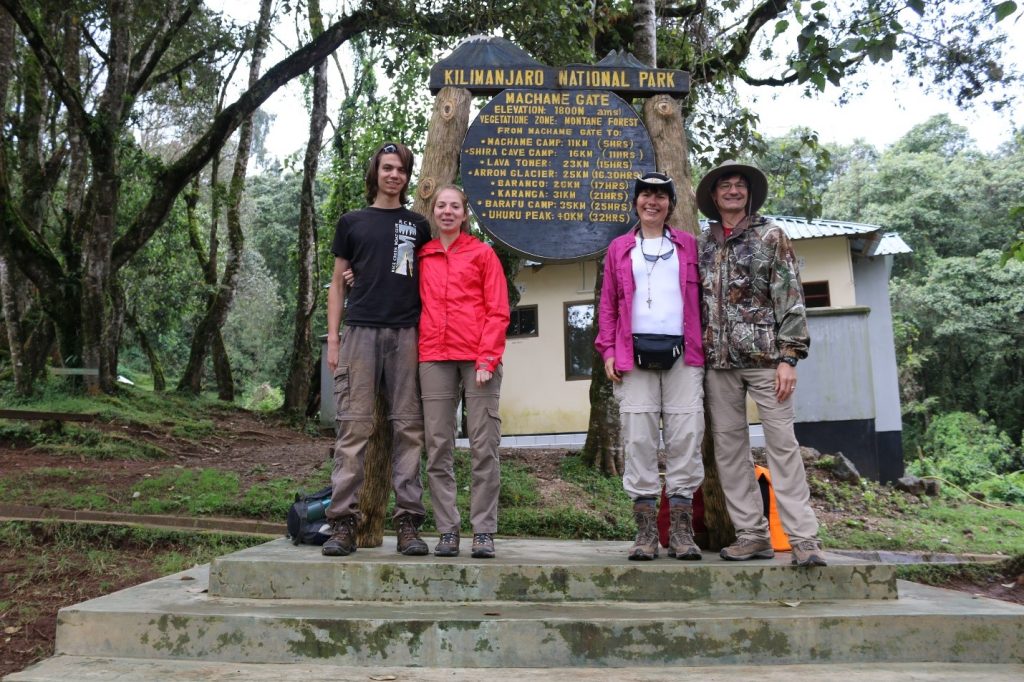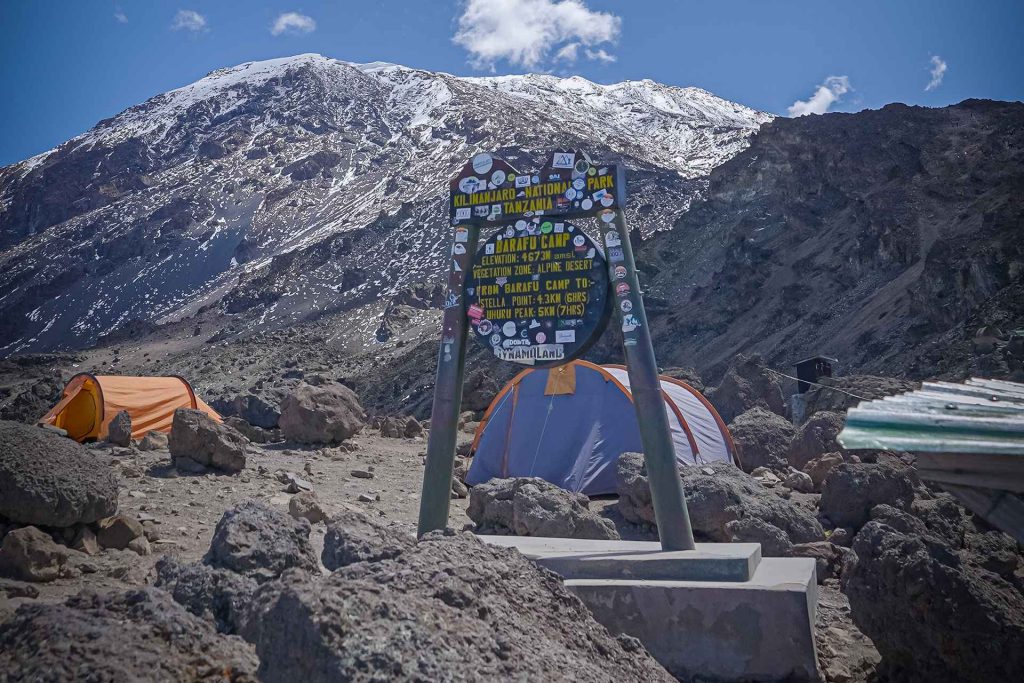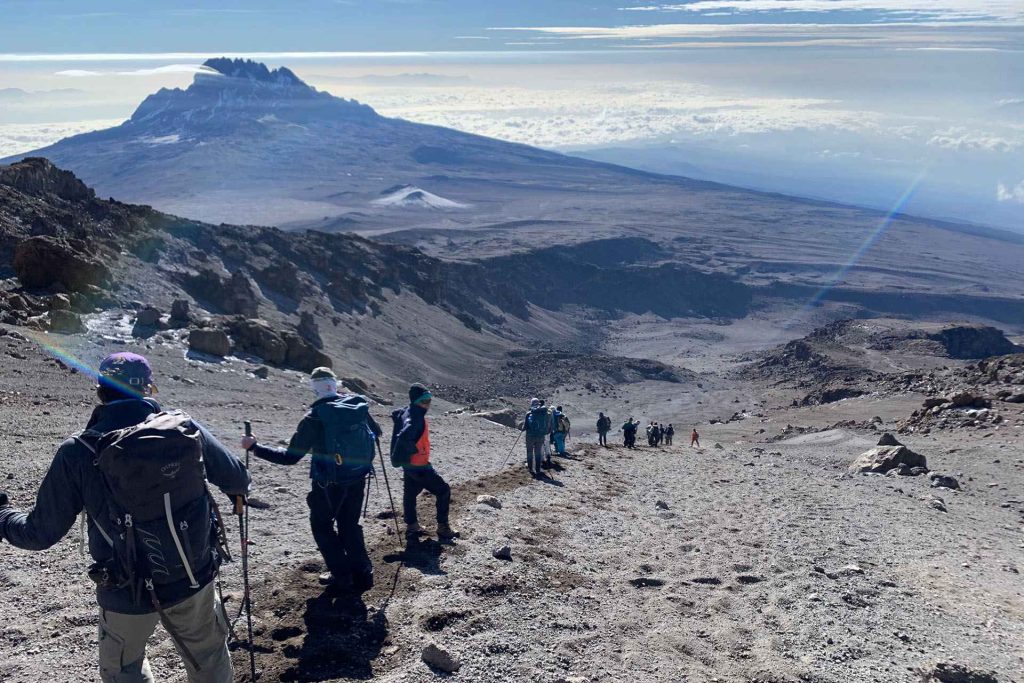Climbing Mount Kilimanjaro, Africa’s highest peak and the world’s tallest free-standing mountain, is a life-changing adventure. But before you lace up your boots and begin your journey to the Uhuru Peak summit at 5,895 meters, it’s important to understand the total costs involved. Many first-time climbers are surprised to learn that the price tag is not just about the tour package—it’s a combination of different expenses that add up to the overall cost. On average, a Kilimanjaro climb can range from $1,500 to $3,000 per person, but let’s break down what contributes to this figure.

1. Kilimanjaro Tour Package Costs
The bulk of your expense comes from the tour package offered by licensed operators. This typically includes:
- Park entry and camping/hut fees (which make up a large portion of the cost).
- Professional guides and porters, who ensure your safety and carry essential supplies.
- Accommodation on the mountain (tents or huts, depending on the route).
- Meals and clean drinking water during the trek.
- Transfers to and from the park gate.
With Nyayo Tours and Safaris, standard packages are carefully designed to include all essentials, ensuring both safety and comfort. Depending on the route, expect this portion to cost between $1,800 and $2,500 for popular options such as Machame or Lemosho. Longer routes like the Northern Circuit are more expensive due to extra days on the mountain.

2. Route and Duration of the Climb
The route you choose plays a major role in the total cost:
- Marangu Route (5–6 days) may be cheaper but offers less time for acclimatization.
- Machame and Lemosho Routes (7–8 days) balance affordability, scenic beauty, and higher summit success rates.
- Northern Circuit (9 days) costs more due to additional park fees, food, and wages for guides/porters.
Shorter routes can lower costs but may also lower your chances of reaching the summit safely.
3. Additional Expenses Beyond the Package
Aside from the operator’s package, climbers must budget for extra expenses such as:
- International Flights – Prices vary depending on where you are flying from, but budget between $700 and $1,200 for a round trip.
- Climbing Gear – Quality gear is essential for safety. You can bring your own or rent equipment in Moshi/Arusha. Expect around $200–$500 if you need to rent most gear.
- Tips for Guides and Porters – This is customary on Kilimanjaro and usually adds $200–$300 per climber depending on group size and duration.
- Travel Insurance – Highly recommended and often required. Costs vary but plan for at least $100–$200.

4. Budget vs. Luxury Options
While budget operators may advertise climbs for as little as $1,200, these often cut corners on safety, fair staff wages, and food quality. Luxury climbs, on the other hand, can exceed $4,000, offering extras such as larger tents, private toilets, upgraded meals, and luxury lodge accommodations before and after the climb. At Nyayo Tours and Safaris, we offer mid-range packages that strike the perfect balance between affordability and safety.
Total Estimated Cost of Climbing Kilimanjaro
When you combine all factors—tour package, flights, gear, tips, and insurance—a realistic budget for a Kilimanjaro climb comes to around:
- Budget Climbs: $2,000 – $2,400 (with fewer comforts and higher risks).
- Mid-Range Climbs: $2,500 – $3,200 (recommended balance of safety, quality, and affordability).
- Luxury Climbs: $4,000 and above (for those seeking maximum comfort and exclusive services).

Final Thoughts
So, what is the total cost involved in climbing Kilimanjaro to the summit? For most climbers, the investment ranges between $2,000 and $3,000, depending on the route, duration, and level of comfort. This once-in-a-lifetime journey is not just about reaching the summit—it’s about doing it safely and making the experience unforgettable.
At Nyayo Tours and Safaris, we pride ourselves on offering affordable, safe, and expertly guided Kilimanjaro trekking packages. With experienced guides, reliable equipment, and fair treatment of porters, we ensure your climb is worth every dollar spent. Let us take you to the Roof of Africa—a memory that will last forever.

